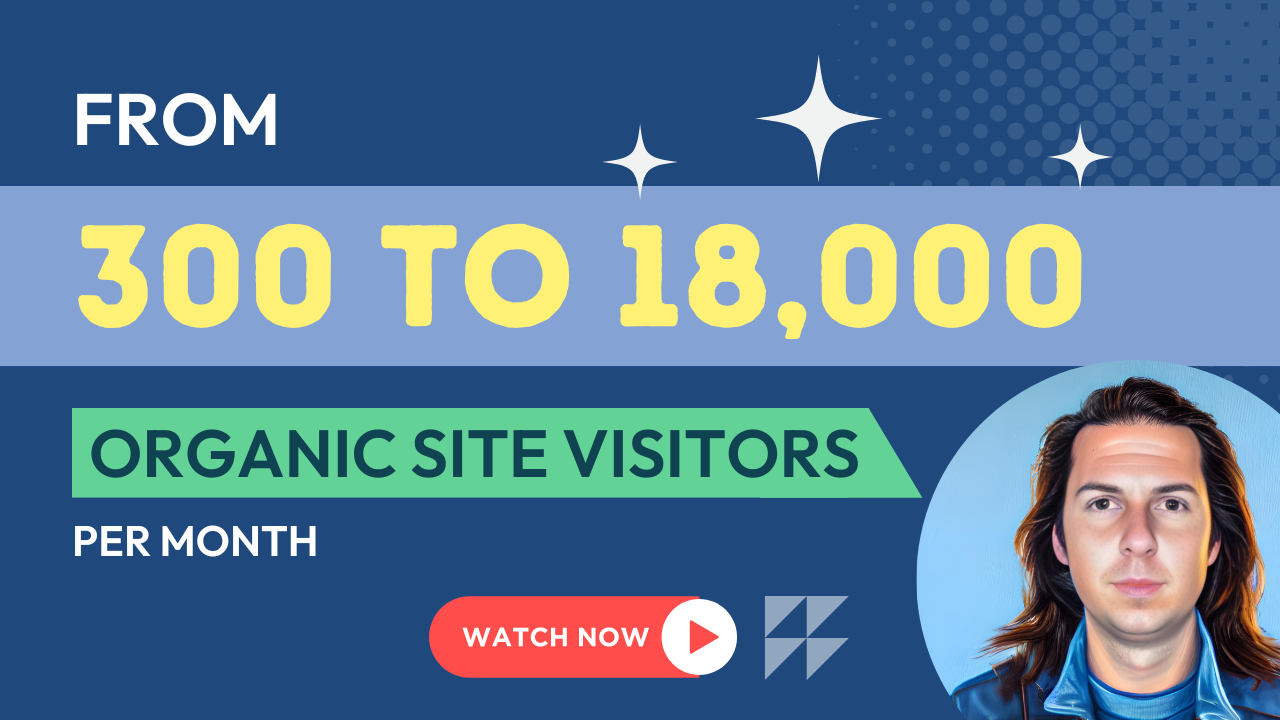
Leads are really important, especially when you're a pet detective. Don't let them go to waste with bad lead nurturing.
Drip, drip, drip.
Sorry, I'm not talking about your other favorite song from Chumbawamba's 1997 album, Tubthumber.
I'm talking about what happens after you get a new free trial. Or a new lead. You know what happens, right?
"They get a string of emails about how to set up the product."
"They get an email every other week or so."
"Marketing is supposed to handle that."
These are all things people have actually told me when asked about their post-lead-conversion part of the customer lifecycle.
But hey. I get it. It's nuanced. Maybe your average transaction size is really large and you can just make quota by throwing darts at a list of prospects you met two trade shows ago. Or maybe you've been tight with your customers since, well, Chumbawamba was on the radio.
"You want to know how I sell? I take the guy out to dinner for 7 years and eventually he buys."
These are things people have actually said to me. And I can't help but think how some decent lead nurturing after a conversion would really help. You just need the right tools and mindset.
I won't get into the value of mindset in this post. You can read this one for more on mindset. So how can you take what seems like a relatively complicated topic and get something executed in a reasonable amount of time? Let me show you how you can simplify your lead nurturing.
Ask Your Customers About Their Path to Purchase
Any good activity-based lead nurturing program should start with proper customer persona development. In this phase of discovery, there are a lot of questions you can ask. But what is most important is to understand the decisions your prospect has to make before purchasing. There are probably several very important points a prospect reaches in their buying decision. Each point designates a set time period from the date they need to the product on the floor or the software to be live.
Quantify Prospect Readiness by Scoring Their Website Activity.
Take a step back and examine the entire spectrum of your website. You have blog articles, You have features pages. You maybe even have a pricing page. You also have form submissions. Were all these pages created equal? No.
Each page, and the number of times they visit each page, indicates your prospects' interest and readiness to purchase. So, knowing this, you'll want to keep score of each of these site activities accordingly.
Here's one way to assign points:
- Blog post view: 1 pt
- Ancillary support (About us, etc): 1pt
- Features page view: 3 pts
- Pricing page: 5 pts
- Demo request: 10 pts
How do you set this up? Logic rules. As in, you write logic rules into your marketing automation platform so, "If prospect views page with URL containing "www.treetopgrowthstrategy.com/blog", assign 1 pt. This way, any blog post page view would register a point for that prospect.
How do you determine point values, you ask? A lot depends on your specific site and your specific buying process. If you have a ton of blog content that people sift through, you may want to increase the point values for the product pages.
Take Your Buyer's Process and Set up Automation Workflows with Goals
Workflows can seem complicated. But they don't have to be. Workflows become easier when you shorten their focus and give them a simple goal.
Let's take blog subscribers for example. Contact records that are just blog subscribers in your database have, in a very top-of-funnel way, indicated that they're interested in hearing more from you, so long as what you have to say is interesting. You probably asked them only for their email address when they originally opted-in for more content from you. This is a great group to focus on getting to download an eBook. Your goal of the workflow would then be to "Join a smart list of people who have submitted a form on _______ landing page."
Why an eBook? A few reasons. One, you will want to get more information about them before ever turning them over to your sales team for follow up. An eBook is a great way to capture 5-7 key pieces of data about your prospects, which will give you a much better idea of who they are. The eBook form is your chance to ask them questions like:
- "How would you describe yourself?"
- "What is your job title?"
- "How many direct reports do you have?"
- "How many clients do you have?"
- "How much floor space is at your facility?"
- "What's your biggest challenge in your role?"
There are any number of questions you can ask. However, focus on a few really important questions that uncover the answer to a question related to a metric that will drive sales.
If you're selling to the C-suite, job title is very important. If you're selling a people management software for mid-level managers, the number of direct reports is important, because the more they have, the more use they could get out of it. "How many clients do you have?" is a simlar question, where you get a sense for how mature a prospect's business is. If you're selling carpet, then, "How much floor space is at your facility?" helps understand if your prospect is a big or small opportunity.
Gaining clarity on 5-7 really key pieces of information from your forms really paints a picture of who a potential prospect is. With this information in the database, the stage is set for your sales team to eventually be successful.
Gain Additional Information, Then Personalize the Next Lead Nurturing Workflow.
As form questions can quickly tell you, not all prospects are created equal. And not all prospects should be treated the same. A great way to deliver more relevant content and information to your prospects is to break out their post-eBook-download follow ups into more personalized workflows. This is more complicated, but by breaking groups out, you end up speaking more personally to each type of prospect in your nurture funnel. Doing this helps you show your prospects you understand their unique skill sets
We'll continue the example. Let's say that after the initial eBook download, the next step in the buying process would be to visit a key product page something like your "Features" page. This is a page where all the awesome features of your product are explained. Getting prospects to visit this page should become the literal "Goal" for this next level of workflow.
Now you have a specific workflow, personalized to a specific persona in your database. So, should you just send them, "Hey Mr. Prospect, since you're a "_______" we have some amazing features here at Globo Corp. Click here to view the features."?
No.
You can do better! Rather than email the prospect a string of emails about features, write blog posts that talk about the pain points you know a prospect of that persona would experience. Your blog articles should explain a helpful solution to said pain points. Within the text of your blog posts, you can include links to your features pages, when relevant. When done well, this gives a subtle-yet-timely path for prospects to click to your features pages and learn about what your product(s) do.
So now you've gained a lot of information from your prospects from a content download, and you've gotten them to visit the features page. What next? To continue this example, let's focus on getting them to the pricing page next. A visit to the pricing page is your sales team's notification that the prospect has at least become aware of your brand as something that can be purchased. They've expressed curiousity as to what your product costs, and it's the back half to "cost-benefit". They've reviewed the features. They can see the benefits. But how much does it cost? The mental value determination has begun.
Knowing a prospect has visited your pricing page is a great piece of information to have. But is it time for sales to call them? Actually, at this point, yes. Have your business development representative give them a call, confirm all the information they submitted on the form as true, and ask a few additional qualification questions. Additional questions to ask should center around clarifying a prospect's time frame for purchase, that they're in fact a decision-maker, and if it makes sense to set up time for a more in depth call with a sales person. They may not be ready to buy, or they might not pick up your phone call, but at least you've moved your prospects down the funnel. What's next? Moving prospects from "I'm aware of your pricing" to "I want to talk about my problems."
Moving Prospects from "aware of your pricing" to "I want to talk about my problems."
As we mentioned, if you call your prospect but don't reach them, not to worry. You at least know you've moved from subscriber, to aware of your product, to curiousity about the pricing. Time to stop emailing them? Not at all.
This is a great chance to get them to download an additional piece of content that's for prospects farther down into the funnel. Use smart forms to ask them additional information, like budget or time frame for purchasing. Or, send them blog content that specifically talks about how someone in their shoes would prove the ROI of the tool to their boss. Or, how about a case study or installation guide?
This is a great example of where an open dialogue with your sales team can drive your bottom-of-funnel content strategy. Literally every pain point a prospect brings up should become a blog article topic. The more you can demonstrate that you understand the nuances of your product's job role, the better you can help them through the decision-making process of buying a product like yours.
Once you have every conceivable form question answered by your prospects, begin to segment out your very best fit prospects and offer them coaching sessions. This is where you offer free one-on-one helpful advice related to solving the prospect's pain points. The prospect should book a time on your calendar using a tool like "HubSpot Sales"
There are a lot of ways to set up your lead nurture strategy. This article describes a very basic way to go from the most basic drip, drip, drip, campaign to something more personalized and goal oriented. Whatever you do, focus on making workflows short and about goal completion. This will give you a literal stairway to more sales.


